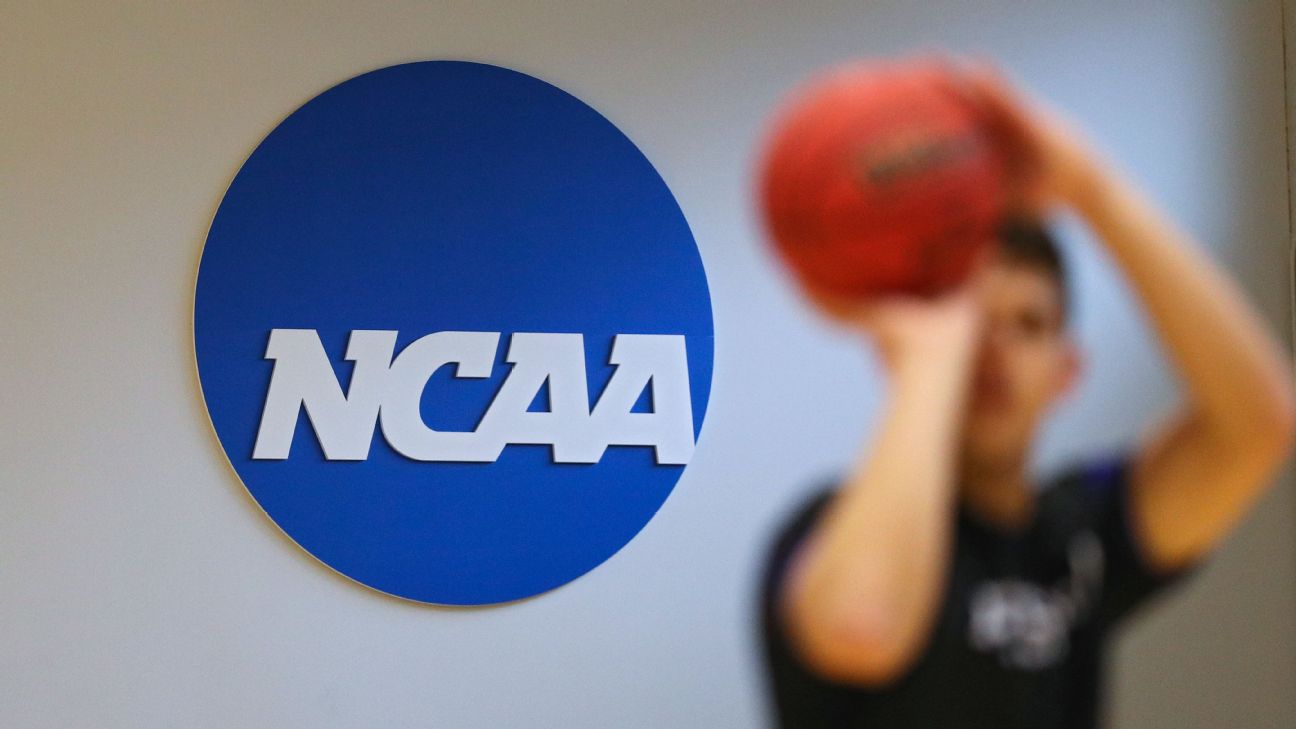The business of college sports has changed the game in many ways. Money and commercialism have played a big role in this change. Keep reading to learn more about how college sports have changed and what it means for the future of the industry.
The History Between the NCAA and College Sports
To know how college sports, money, and commercialism have changed the business, it’s important to start with college sports’ biggest player and obstacle: the NCAA.
The National Collegiate Athletic Association (NCAA) is a collegiate athletic governing body in the United States. It was founded in 1906 as the Intercollegiate Athletic Association of the United States (IAAUS) and renamed in 1910 to the current name. The NCAA is the largest association of collegiate sports in the world and regulates over 1,200 institutions and their sports organizations and nearly 480,000 college athletes.
One of the most controversial aspects of the NCAA is the organization’s treatment of student-athletes in college sports organizations. Another big issue that has been raised in the NCAA’s rules regarding amateurism. Due to their perceived lack of real-world experience, College athletes are not allowed to have any endorsement deals or a sports agent, which is creating a lot of controversies. Critics argue that the NCAA exploits student-athletes by forcing them to play sports over their coursework and make the organization money for free; they criticize the NCAA for not paying college athletes a fair wage, while the NCAA defends its position by stating that student-athletes are given scholarships and other benefits.
The debate over the treatment of student-athletes is an ongoing one and is likely to continue to be a topic of discussion in the years to come. Just recently, the March Madness weight room controversy has yet to be let go. This and more debates have opened the door for and led to the activation of a more critical eye on all business aspects of college sports.
Corporate Sponsorship and College Sports
With the ever-growing cost of higher education, colleges and universities are increasingly turning to corporate sponsorships to finance their sports programs. This has led to the growing commercialization of college sports, with schools and conferences striking deals with companies that provide money in exchange for advertising and marketing opportunities and promotion. It’s the demand for a professional sports team from most often undergraduate college students who are just getting their bachelor’s degree, swimming with coursework, and get none of the benefits.
Critics argue that this commercialization has had negative consequences, including increased costs for fans, the erosion of academic values, and corruption scandals. Supporters contend that corporate sponsorship has helped make college sports more competitive and profitable, while also providing valuable exposure for sponsoring companies.
The debate over the role of corporations in college sports is likely to continue for some time. However, these sponsorships have become an integral part of the business of college sports.
University Endowments, Athletics, and College Sports
In recent years, it’s no secret that college sports have become increasingly commercialized. This is largely due to the growth of university endowments and athletics departments. University endowments are financial reserves that colleges and universities use to fund various initiatives and event planning, including athletics programs and sports facilities. Athletics departments are responsible for the management and operation of a school’s athletic programs. They generate revenue through ticket sales, donations, sponsorships, and television contracts.
The proliferation of university endowments and athletics departments has led to a dramatic increase in the number of money schools spend on athletics. In 2012-2013, NCAA Division I institutions spent an estimated $11.3 billion on athletics expenses. This figure includes expenditures on coaches’ salaries, scholarships, facilities, and other operational costs. The majority of this money (87%) comes from institutional sources such as tuition and fees, government subsidies, and private donations. Only 13% comes from advertising or marketing revenue generated by the sale of television rights or tickets to sporting events.
The high cost of maintaining Division I athletic programs has led some schools to reduce their spending in other areas. For example, many schools have reduced funding for academic programs or increased tuition rates to maintain their athletic programs, even though schools with sports management teams tend to run more successful athletic programs.
As a result of these trends, there is growing concern about the impact of commercialism on college sports. Some people argue that universities are using their athletes as pawns to make money off TV contracts and corporate sponsorships. Others contend that commercialism has had a positive effect by providing more opportunities for student-athletes and improving the quality of athletic facilities. No matter what side of the debate you are on, it must be recognized that college athletes are not being compensated fairly for their work, and their rights are not being protected. This needs to change.
